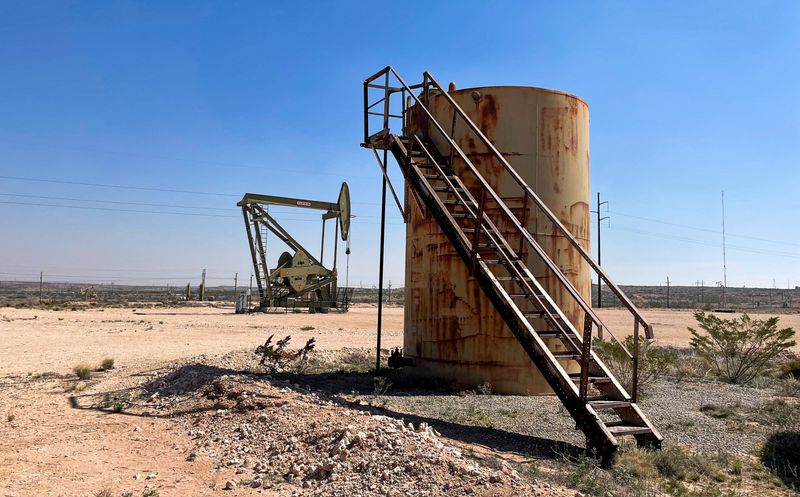New Mexico, the second-largest oil producer in the United States, is currently evaluating new regulations that could significantly impact its drilling industry. According to a recent report by Ismael Torres, the state’s chief economist, the proposed restrictions may lead to a reduction of up to 5.4% in future crude output and billions in lost revenue. The analysis is focused on implementing “setbacks,” or enforced distances between drilling operations and sensitive structures or environmental areas, with the intention of safeguarding public health against the potential pollution caused by oil and gas activities. If introduced, these restrictions would take effect in 2026, and it is projected that they could prevent over one-third of new wells from becoming operational, resulting in a substantial decrease in oil production.
The ramifications of these setbacks are considerable, with estimates suggesting a loss of approximately 12.5 million barrels of oil production in the first year alone. This loss could balloon to around 35 million barrels by the early 2030s, with the value of lost production reaching a peak of about $4.5 billion annually by 2034. New Mexico is part of the highly productive Permian shale field, known for its significant contributions to national oil output, and its current production levels were reported at 2.04 million barrels per day as of July. Notably, the report indicates that more than half of the proposed setbacks would affect drilling on private lands, particularly highlighting Lea County, a rapidly expanding hub for oil production.
Industry advocates have expressed concerns regarding the proposed setbacks. Missi Currier, CEO of the New Mexico Oil & Gas Association, argued that a statewide setback would fail to effectively mitigate the health risks tied to oil and gas production, while simultaneously stunting the growth and development potential for New Mexico’s oil and gas resources. The report, which was shared with the Legislative Finance Committee, stems from discussions in the state’s upcoming 2024 legislative session and reflects the growing tension between economic interests and environmental health considerations.
The suggested regulations would enforce a range of protected distances, with operators being prohibited from drilling within 2,250 feet of residential areas and specific institutions, including schools, hospitals, and correctional facilities. Additionally, drilling would be barred within 650 feet of bodies of water such as streams, lakes, ponds, and various forms of irrigation infrastructure, with an even tighter restriction of 300 feet imposed on all surface water. These restrictions are aimed at minimizing environmental impact and protecting community health amidst concerns regarding potential pollution from drilling activities.
On the other hand, environmental advocates such as Charlie Barrett, who works with the organization Earthworks, emphasize the necessity of these setbacks to ensure the protection of human health and natural resources. Barrett argues that the health and safety costs associated with unregulated oil and gas extraction far exceed the projected revenue losses for the state. Proponents of the setbacks argue that safeguarding schools, community spaces, and ecosystems should take precedence, favoring long-term well-being over immediate economic gains, which may be jeopardized by compromising environmental integrity.
As the debate over the proposed drilling restrictions unfolds, it underscores a broader conflict between the exploitation of natural resources for economic benefit and the urgent need to prioritize environmental sustainability and public health. New Mexico finds itself at a crossroads, grappling with the implications of its decisions not just for its burgeoning oil industry, but also for the health and future of its communities and natural landscapes. The discussions and outcomes from this legislative session may set critical precedents, both regionally and nationally, in determining the balance between energy production and environmental stewardship.

